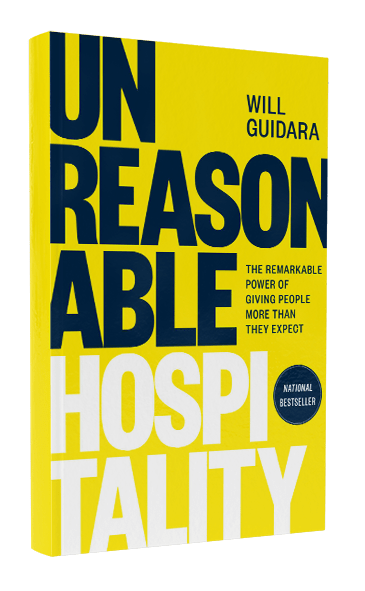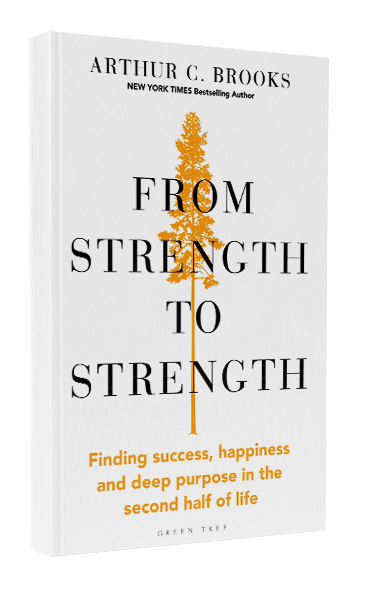Climb High, Sleep Low: A Strategy to Break Limits and Build Endurance
ByGV Ravishankar
PublishedAugust 14, 2023
Whether it’s a company or ecosystem, “the climb high, sleep low” philosophy from mountaineering serves as a strong reminder on both pushing limits and stepping back to consolidate and build capabilities for the next phase.
It has been a busy couple of months at Peak XV (pronounced ‘Peak Fifteen’) as we jumped into startup mode ourselves! Peak XV, which was what Mt Everest was called before it took its present name, was chosen after we ran through thousands of options and was partly inspired by the synchronicity of my partner Mohit’s trip to Everest Base Camp recently (some wonderful lessons from that trip here). Mohit told me about the “climb high, sleep low” philosophy of mountain climbing and it occurred to me that there was deep wisdom in it for business as well! And the more I researched about it, it looked like the plant and animal kingdom also offered some inspiring examples of breaking limits that businesses can learn from! Let’s first understand why mountaineers recommend to climb high and sleep low.
As we climb higher the air gets thinner and the oxygen levels fall to well below what people need to breathe easily. The body reacts by generating more red blood cells (RBCs) to deal with the oxygen demands at high altitudes. But generating RBCs doesn’t happen very quickly, which is why one needs to acclimatize for the altitude. With the “climb high, sleep low” principle, climbers aim to gradually expose their bodies to higher altitudes, allowing them to adapt and acclimatize more effectively.
By spending time at higher altitudes during the day and challenging the body’s oxygen-carrying capacity, climbers stimulate the release of erythropoietin and promote the production of more red blood cells. This helps improve the oxygen-carrying capacity of the blood, allowing the body to cope with the reduced oxygen availability at high altitudes. However, they descend to lower altitudes for sleep and rest, providing their bodies with a better oxygen supply during the night, which aids recovery.
Push higher to break limits but step back to consolidate! We see this all across nature in how animals push the limits and then come back to consolidate during their sleep low phase to prepare for the next climb high phase. Here are some fascinating examples:
1. ) Monarch Butterflies in North America are known to migrate over very long distances to avoid the harsh winters in the north. After migrating thousands of miles – their ‘climb high’ phase – to overwintering sites, usually in Mexico, they undergo physiological changes during the ‘sleep low’ phase. This includes a reduction in metabolic rate, and an increase in fat reserves, preparing them for the spring migration back.
2.) Marine mammals like dolphins and whales can push their diving limits to find food or escape predators. They do this by lowering their heart rates and rerouting blood flow to vital organs to preserve oxygen. Over time, this can result in improved dive efficiency. After they’ve made an extreme dive (their ‘climb high’ phase), they spend time at the surface recuperating (their ‘sleep low’ phase). Their previous extreme dive has shown them they can survive at those depths, enabling them to dive deeper in subsequent attempts.
3.) Burmese Pythons, one of the largest species of snakes, after a large meal (their ‘climb high’ phase) are known to have enlarged hearts and other organs (up to 40%!) due to an increase in protein synthesis, allowing these organs to work more efficiently. After digestion (their ‘sleep low’ phase), these organs return to their normal size. But having done this once, they’re ready to “upsize” again when the next large meal presents itself.
There are many other such examples, from mountain goats to dung beetles, on how different species deal with pushing their limits and building more endurance to take on larger challenges.
I have seen this theme of pushing limits and then stepping back to consolidate as an interesting strategy adopted by companies as they prepare to scale. Pushing higher in spurts in many companies allows them to discover limits and prepares them for the next level of scale through these focused spurts. At Rebel Foods, this was usually done on one single day – December 31st, which happens to be the biggest day in a year for restaurant delivery sales as people celebrate to ring-in the new year. Preparing for this day takes a lot as the system is pushed to the limits and sometimes a few things break which lays the foundation for what areas need more focus to prepare for the following year.
Typically, the revenue achieved on peak day on December 31 becomes the average daily sales for the following year – the old limit becomes the new normal. Similarly, at Five Star Business Finance, a financial services company, the month of March is the most important stretch month where the sales officers work hard to get most new customers and teams push hard to improve collections efficiency. This rush toward the close of the fiscal year tests the company and helps it adapt for the scale and growth of the following year. The months that follow these stretch events are periods of consolidation and building to get the fixes in place for the next ascent to follow!
Many companies have adopted this concept of reaching for a stretch goal in short bursts as a way to show the team about what is possible to be achieved. In most cases, once achieved, this becomes the new normal for the future thanks in large part to the combined buy-in from the entire team, who can now see that it’s a reasonable and achievable goal to pursue for the future.
This type of acclimatization for scale through controlled stretch experiments is a worthwhile strategy to consider if you want to create more belief within the team but not risk-it-all by directly going for the climb. Done consistently, it helps build new capabilities and irons out weak areas thereby building more endurance for the company moving forward. This could be a sales scheme for a month to achieve new revenue highs or incentives for cost management or stretch targets to keep team sizes small to achieve higher productivity or high targets for NPS – each of these show “what is possible” and end up setting a new higher bar for future.
I had previously written about how Roger Bannister’s under four-minute mile run in 1954 opened the gates to many more people running sub-four minute miles by creating a sense of belief and inspiration for others to follow and discussing how India’s 100 unicorns milestone will open the gates for many more to be inspired. Whether it is a company or ecosystem, “the climb high sleep low” philosophy from mountaineering serves as a strong reminder on both pushing limits and stepping back to consolidate and build capabilities for the next phase!
Pushing higher in spurts in many companies allows them to discover limits and prepares them for the next level of scale through these focused spurts.
Recommended Reads
Here are two articles I read over the last few weeks that I found interesting:
“We Are Shaped By What We Eat” talks about how what we eat and our diets can tell the fascinating story of human evolution, adaptation, and cultural diversity and why we behave differently from some other animals when it comes to what we eat and what we can tolerate. From why we can eat onions but dogs can’t and why humans can process alcohol (linked to our frugivorous past) and how we have adapted ourselves to not just deal with toxins in plants but even seek it (like in peppers) this article has an interesting take on food from an anthropological perspective.
I was curious to learn about how horses and humans interact thanks to a chance conversation with a friend who is learning how to ride a horse and how to control it. This article, “Becoming a Centaur“, digs into this relationship between the unique form of cross-species interaction between humans and horses during equestrian competitions and training. It talks about how using body language and neural feedback loops, they achieve high-precision brain-to-brain communication and discusses horses’ exceptional touch detection and learning capabilities facilitate this collaboration, allowing them to perform complex maneuvers and achieve athletic feats.
If you have time for a longer read, here are two books I’d like to recommend.

Unreasonable Hospitality: The Remarkable Power of Giving People More than They Expect – by Will Guidara
Recommended by one of our LPs, I found this to be one of the best reads as it combines a conversation about food, people and business so eloquently and shows how customer obsession is not just a poster on the wall but when pursued as a mantra across the organization, you can build these institutions of excellence. Eleven Madisson Park, a restaurant started by the famous restauranter Danny Meyer but later taken over by young Will Guidara, was voted the world’s best restaurant in 2017 and this book captures the journey to the top.

From Strength to Strength: Finding Success, Happiness and Deep Purpose in the Second Half of Life – by Arthur C. Brooks
Ok, this is strictly for people in my age group or older who are starting to think about the second part of their lives. Arthur Brooks who has written some excellent essays on topics like success and happiness brings things together in this book which makes an interesting read even if the ideas are not entirely new. Arthur reminds us of the need for finding purpose, accepting things with grace, of gratitude and pursuing the spiritual path.
What I Learned About Investing from Darwin – by Pulak Prasad
Pulak Prasad leads Nalanda Capital, a successful public markets fund investing in India. This book is an absolutely amazing read for those investing in the public markets. Pulak’s new book is another example of the “simple but not easy” philosophy of investing – get the basics right, work with simple rules and stay away from things that you don’t know and be willing to suspend FOMO and remain true to what you truly believe. The world of venture investing is quite different from this style of investing and like they say there are many paths to success, but that said, this book is still a must read if you are in the investing business for both the clarity and conviction in his beliefs and the excellent examples from the plant and animal kingdom around us.
Do write in at gv@peakxv.com if any of my interests intersect with yours! Click here to read more articles on Sequoia’s blog. For more editions of Connecting the Dots, click here. I’m also on LinkedIn and Twitter.
To subscribe to Connecting the Dots, click below!